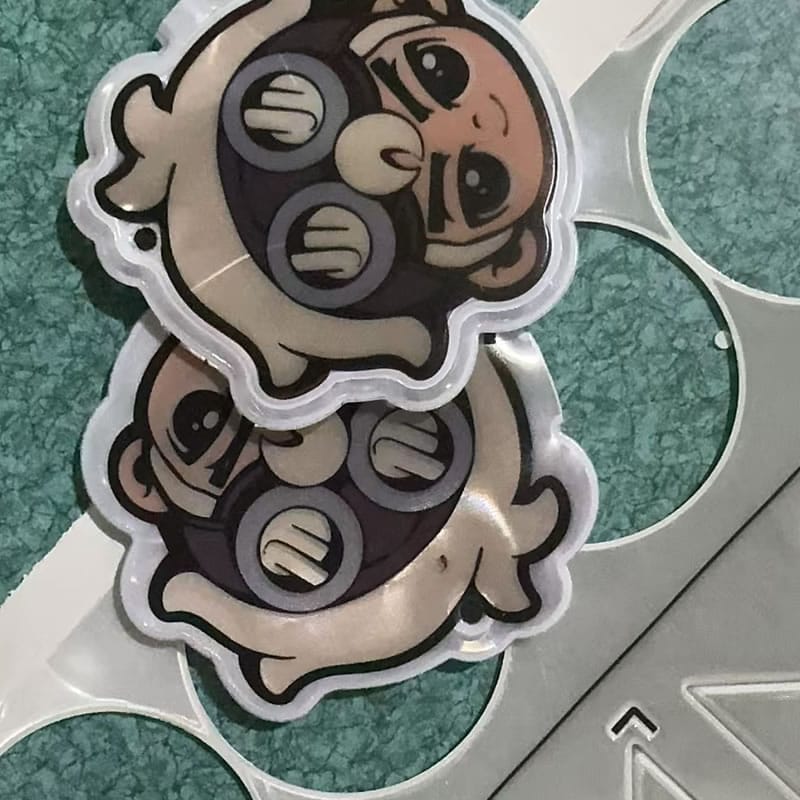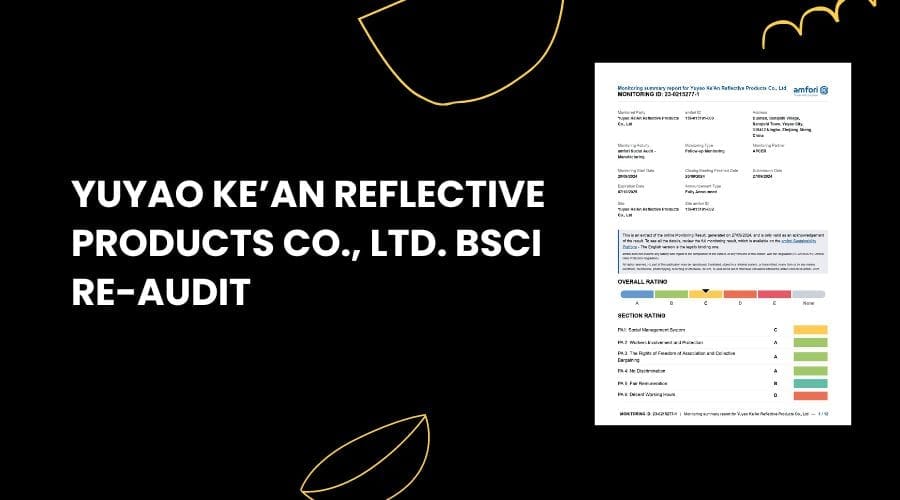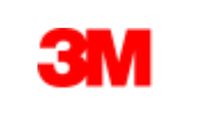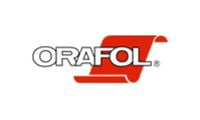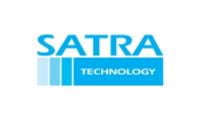A new 2020 standard for visibility products
Investigating the latest requirements for these protective products.
One of the most ubiquitous daytime sights on the streets of European towns and cities are people dressed in high visibility clothing – fluorescent yellow, orange-red, or red clothing, equipped with bands of retro-reflective materials to make them stand out against the complexity of a street scene. The bands of retro-reflective materials on such clothes also makes their users conspicuous on the streets at night when illuminated by motor vehicle lighting. High visibility clothing is recommended for use (and in some instances national ordinances require its utilisation) in situations that are considered to be ‘high risk’.
Clothing that makes wearers visible in high risk situations is specified in the EN ISO 20471:2013+A1:2016 standard. Such clothing that has been developed to confer high visibility to an end user tends to have limitations of design in order to meet the exacting requirements of the aforementioned standard.
Some manufacturers, and more particularly their designers, often regard the requirements of standards as inhibiting their design flair. In the instance of high visibility clothing, it is sometimes not understood that the conspicuity of an individual is maintained not simply by the use of certain materials in a garment but also, importantly, by having a standardised and recognisable form of design that indicates to an observer that they are seeing a living person.
Visibility is as much about shape as the use of colours. This can be seen in the types of informative signs that are used on roads, with differentiation made between warning signs and informative or advisory signs.
The EN ISO 20471:2013+A1:2016 standard contains an annex that gives guidance on the types of risk situations that might be addressed by different classes of garments. All garments that meet the standard are classified for use in high risk situations where high visibility is required, but with the clarification that classes of garment defined by the standard are intended for different situations.
These different situations are broadly defined by the risks associated with traffic moving at different speeds. Additionally, all high risk clothing is for use by those who are considered to be passive road users (that is, they are obliged to move among traffic in such a way that their focus of attention may be on things in addition to or other than the traffic). Typically, such people might be road sweepers, delivery drivers, construction workers or emergency service personnel.
The annex contained in EN ISO 20471:2013+A1:2016 also defines situations that might be considered as ‘medium risk’ or ‘low risk’. Those situations which are of medium risk (see table 1) can now be addressed by using garments or devices that provide enhanced visibility to their users. Such items are now defined within a new standard – EN 17353:2020 – ‘Protective clothing. Enhanced visibility equipment for medium risk situations. Test methods and requirements’.
Table 1: Factors relating to the medium risk level
Vehicle speed*
Type of road user*
Risk level
≤ 60km/h
Active
Enhanced visibility
Day and night visibility
Visibility from all sides
Design for movement recognition if applicable (not necessarily encircling the torso)
Quantity and quality for day and night (not necessarily EN ISO 20471)
More freedom in colours and design
≤ 15km/h
Passive
Night visibility
Visibility from all sides
Design for movement recognition if applicable (not necessarily encircling the torso)
Quantity and quality for night (not necessarily EN ISO 20471)
No ‘gadgets’
≤ 60km/h
Active
* Depending on local issues such as weather conditions, background contrast, traffic density and other factors, one of these factors may lead to a higher risk level.
Why enhanced visibility?
The new standard supersedes two separate standards: EN 1150:1999 – ‘Protective clothing. Visibility clothing for non-professional use. Test methods and requirements’ – and EN 13356:2001 – ‘Visibility accessories for non-professional use. Test methods and requirements’, both of which have now been withdrawn from use.
EN 17353 brings together elements of each of the withdrawn standards. However, all products meeting the requirements of the standard are no longer considered in terms of their use. Instead, their suitability in providing protection in medium risk situations is defined by their enhanced visibility properties.
The EN 17353 standard has also been devised to allow manufacturers more freedom in the design of products, given that enhanced visibility garments and devices are not intended for high risk situations. Additionally, garments and devices are permitted for use in daylight (day) conditions only, dark (night) conditions only, or for both daylight and dark conditions.
It is hoped that the new standard will allow responsible manufacturers to assess and certify their products where claims of enhanced visibility are to be made. Typically, products meeting the standard will be items intended for active road users who don leisure wear, or clothing for hiking, cycling, equestrian use or jogging. Additionally, the standard defines items that can be used by passive road users at night, where traffic movement is at low speed (≤15 km/h). This could include, for instance, a car park worker.
Types of enhanced visibility equipment
The new standard defines three types of equipment:
‘Type A’ – for daylight conditions only. This equipment may be in the form of T-shirts, vests, trousers, jackets or tabards, which will have in their construction minimum amounts of fluorescent materials as specified in the standard.
‘Type B’ – for dark conditions only. This equipment may be in the form of retro-reflective dangle tags (‘Type B1’), or limb bands (slap-wraps), trousers with retro-reflective leg bands only or long-sleeve garments with retro-reflective bands in the sleeves only (‘Type B2’). T-shirts, vests, jackets, coveralls or tabards, which will have in their construction minimum amounts of retro-reflective material, are also permitted (‘Type B3’).
‘Type AB’ – for daylight, twilight, and dark conditions. This equipment uses both fluorescent and retro-reflective materials, or materials that have both these properties (combined performance materials) as enhanced visibility components.
The EN 17353 standard sets out the minimum amounts of materials that should be incorporated into products in order to confer enhanced visibility on an end user. Also, the standard describes the design requirements for the various types of products – ‘A’, ‘B’ and ‘AB’.
To provide a level of freedom to use more colours in the design of EN 17353 products than those permitted for high visibility garments, the new standard defines seven different colours for both fluorescent and combined performance materials. It specifically outlines sets of chromaticity coordinates and luminance factors associated with each permitted colour.
In keeping with most personal protective equipment (PPE) standards, requirements are also set out for the colourfastness performance of materials, as well as the dimensional stability of materials when subjected to aftercare (washing or dry-cleaning).
For those products that are intended for use at night, the standard gives minimum performance requirements for the luminous intensity of Type B1 devices. Material used in all other types is required to meet minimum coefficient of retro-reflection values. These are specified for materials that are only retro-reflective (separate performance materials) and those that are of a combined performance type.
It may be noted that any retro-reflective material that has been tested and shown to meet the minimum coefficient of retro-reflection values for high visibility garments may be used in enhanced visibility products. However, it should be noted that retro-reflective dangle tags (Type B1 products) must be assessed specifically for their luminous intensity.
All retro-reflective materials must be assessed in their new state and after a variety of pre-treatments.
Finally, the new standard contains a number of useful annexes which provide examples of the different types of products that are intended to fall within the scope of the standard. As already stated, the standard is not applicable to high visibility products. It is also not applicable to visibility products such as helmets, hats, gloves and shoes or equipment integrating active lighting – for example, light-emitting diodes (LEDs) and items for low risk situations. Although visibility materials are used as decoration or design in many products, it should be understood that when this is done, they are not considered sufficient to visually signal a user’s presence.
As the new standard is now in effect, a supplier may wish to re-certify products that were placed into the market in line with the EN 1150:1999 and EN 13356:2001 standards. EN 17353 has certain requirements for product design which may mean that currently-certified products require re-design.
As the standard also makes clear the risks that it addresses, it may also be necessary to consider whether existing products require assessment against the new standard.

